Although we try to avoid surgery whenever possible, sometimes it’s unavoidable. If less invasive options are no longer providing relief, there are several surgical procedures we may recommend, depending on the type and severity of your injury. Our goal is always to provide you with the best possible care so that you can get back to living with less pain.
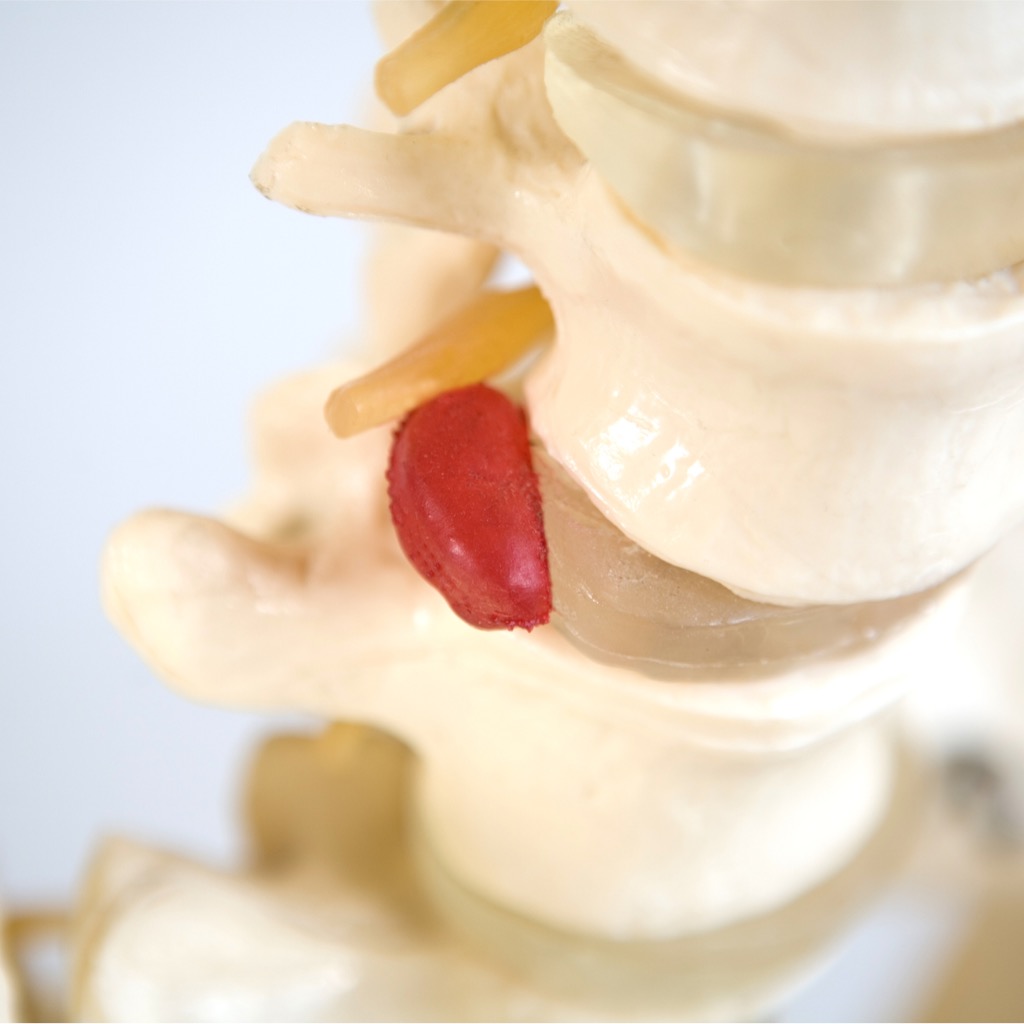
Lumbar Disc Surgery
Lumbar disc surgery is the most common surgery for treating sciatic-type pain caused by a herniated disc. The procedure is performed by making a small incision in your back and can sometimes be done as an outpatient operation. A typical recovery period is about 4 to 6 weeks but will depend on the severity of your condition and symptoms prior to the operation.
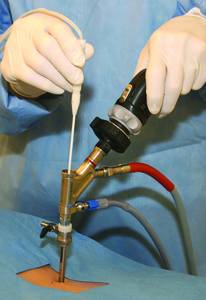
Endoscopic Disc Surgery
Herniated and degenerative discs can often be treated in a minimally invasive manner by placing an endoscope in your back to remove portions of the disc without cutting muscle or bone. In fact, the procedure is so minimally invasive that the incision typically requires nothing more than a band-aid. Post operatively, endoscopic disc surgery helps to preserve normal range of spine mobility.
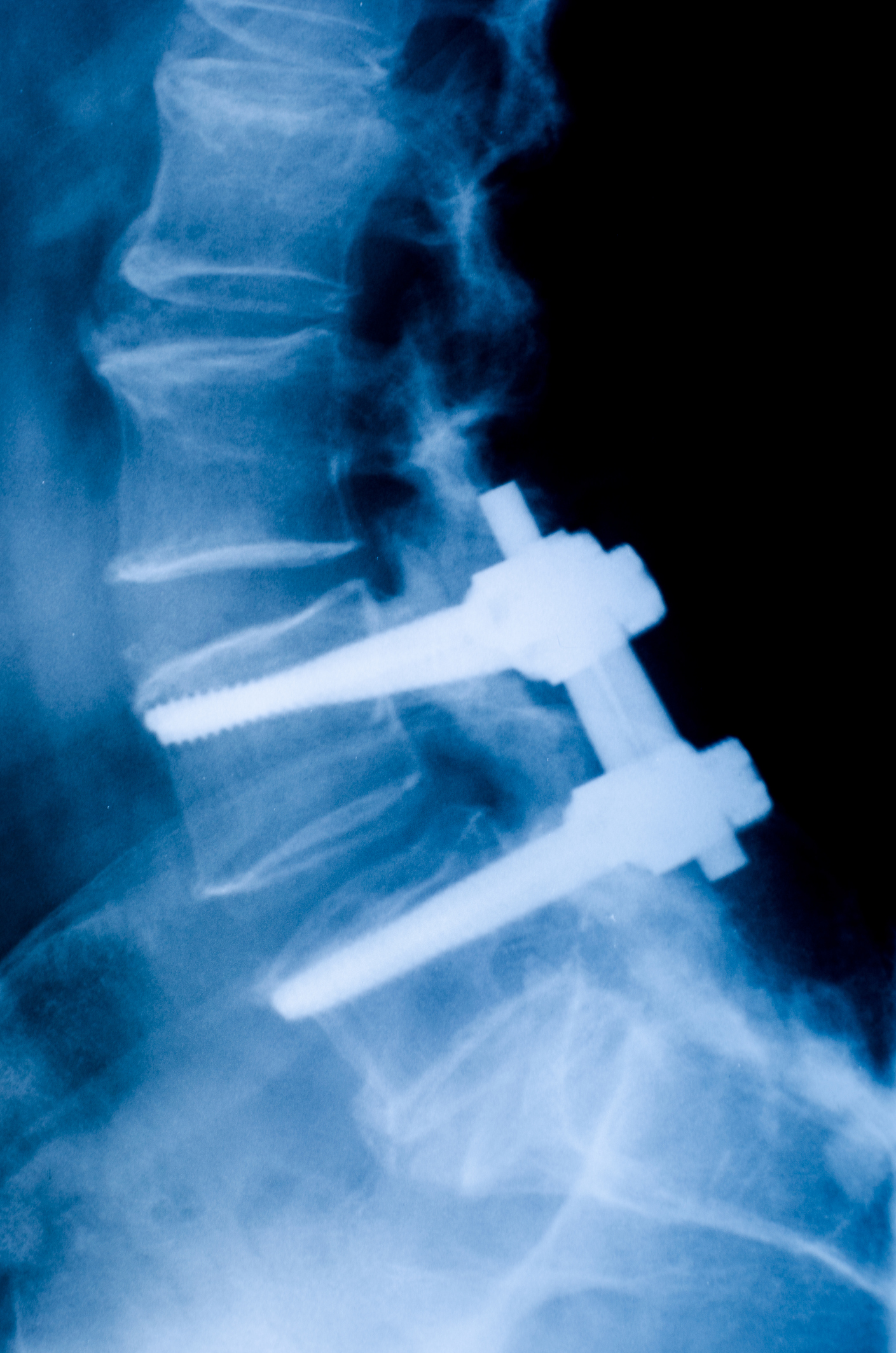
Lumbar Fusion
There are times – in cases of trauma or severe degeneration – when the lumbar spine becomes unstable. During a lumbar fusion procedure, metallic instrumentation, such as rods, screws and cages, are used to strengthen your spine and ultimately reduce pain. While the procedure does immobilize parts of your spine permanently, quality of life actually is enhanced due to the reduction of pain.
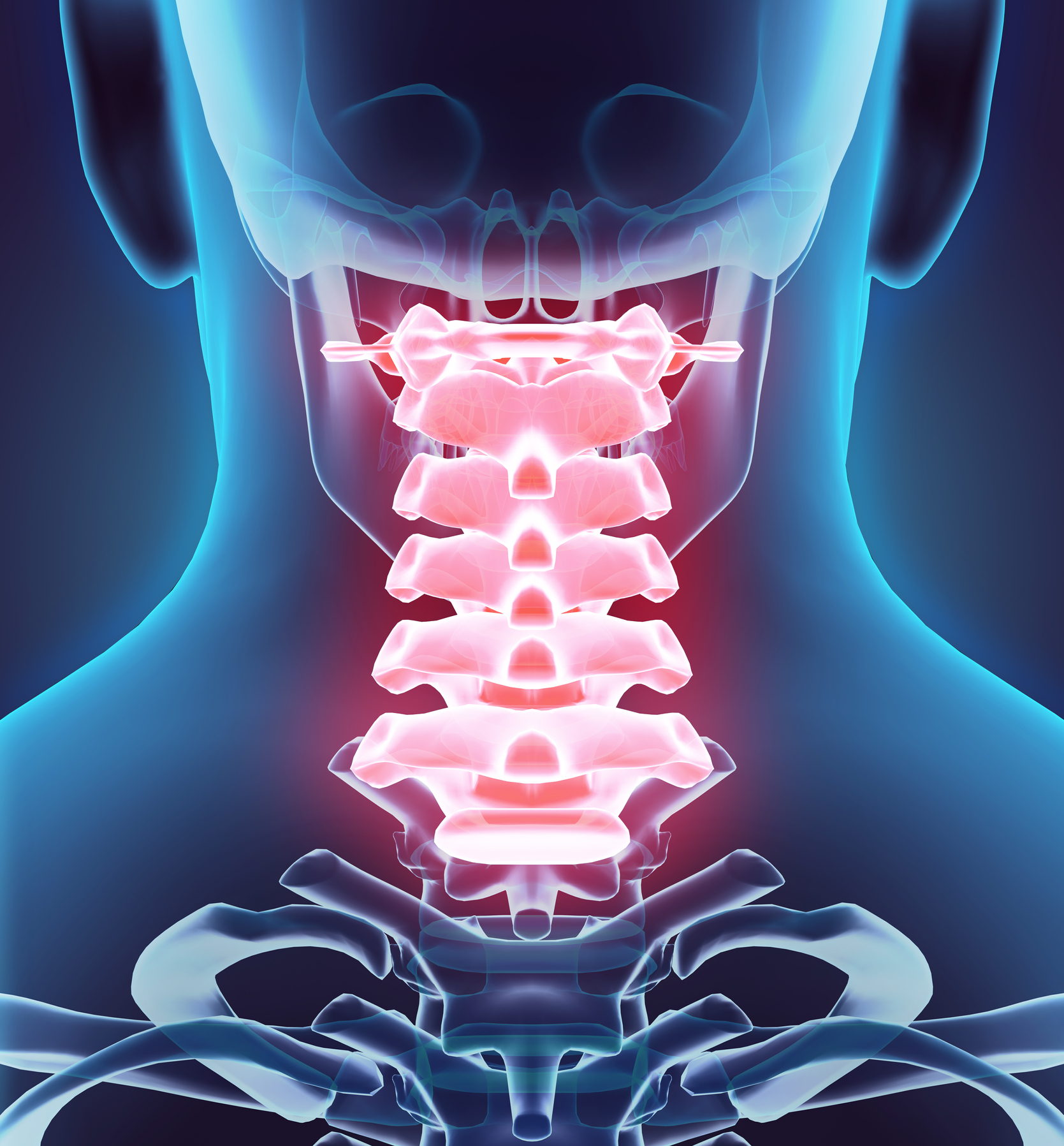
Anterior Cervical Discectomy and Fusion
An anterior cervical discectomy and fusion is the most traditional way to treat cervical disc herniations. Performed through the throat, the disc is removed and replaced by a bone plug or cage and then secured with a plate. A complete recovery from this operation can take up to three to six months.

Cervical Disc Replacement
Cervical disc replacement is a newer approach to treating a disc herniation in the neck. It involves inserting a mobile bearing implant in place of the removed disc and allows for completely restored motion of the neck after surgery. Full recovery takes around two to three months in conjunction with regular physical therapy visits.
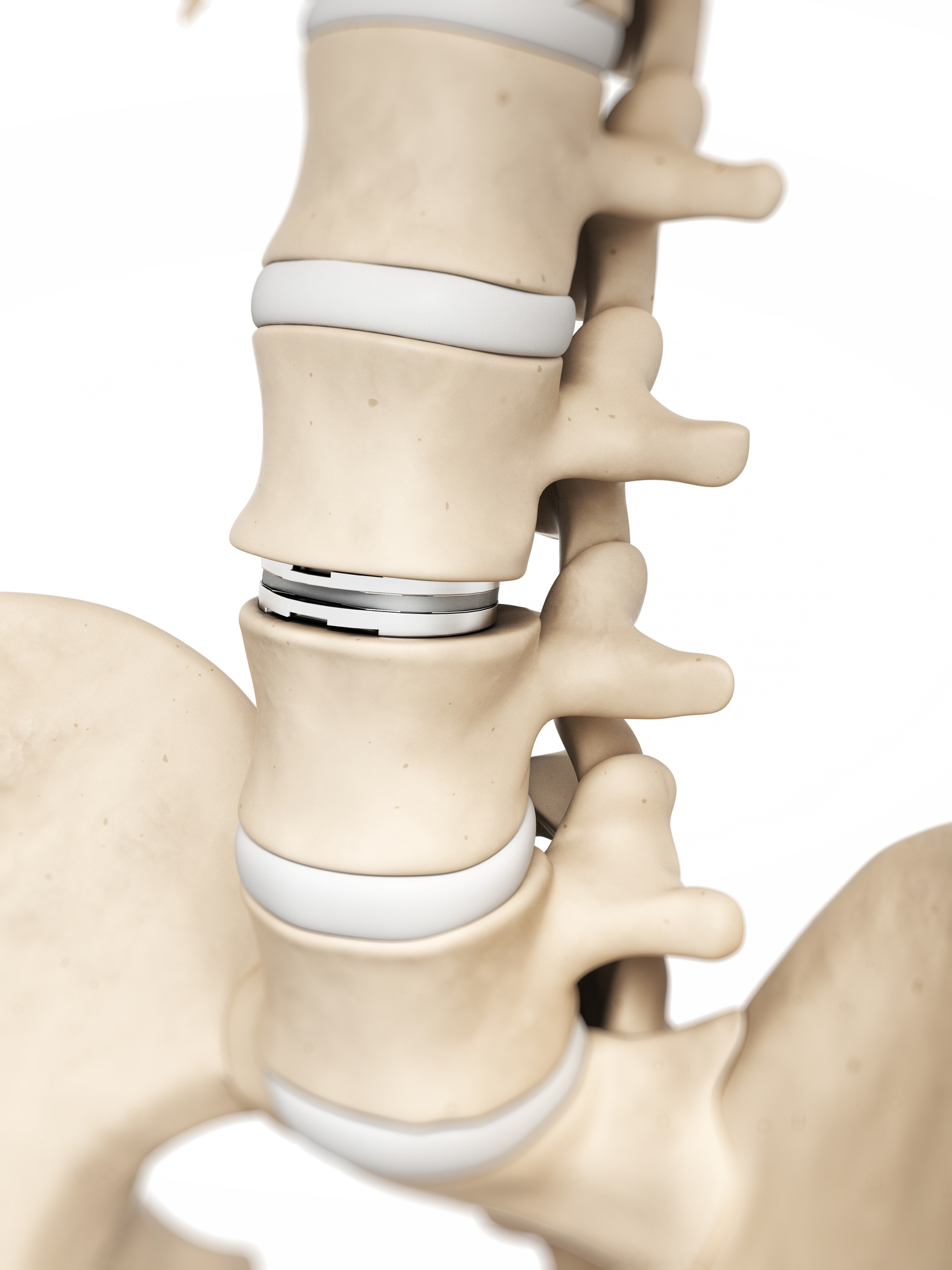
Lumbar Disc Replacement
Motion preserving technologies are rapidly improving, and we now offer lumbar disc replacement as an alternative to fusion. The procedure helps patients with degenerative spine problems maintain motion long-term. Generally, recovery can take up to 3 months, but it can vary from a few weeks to a few months.


Recent Comments